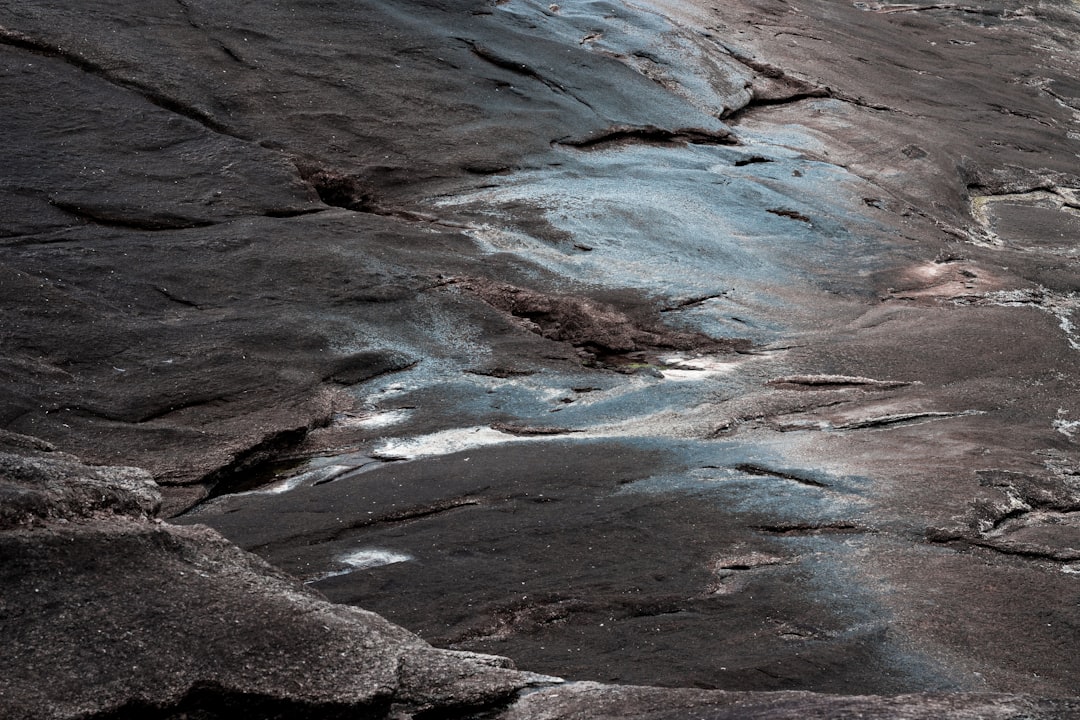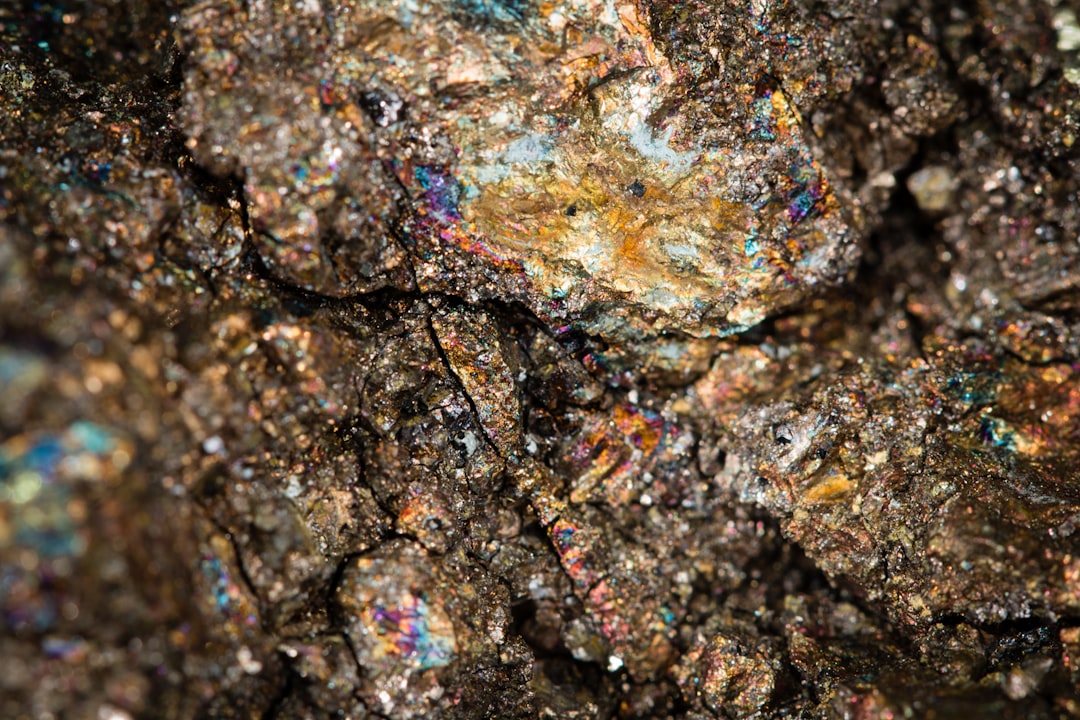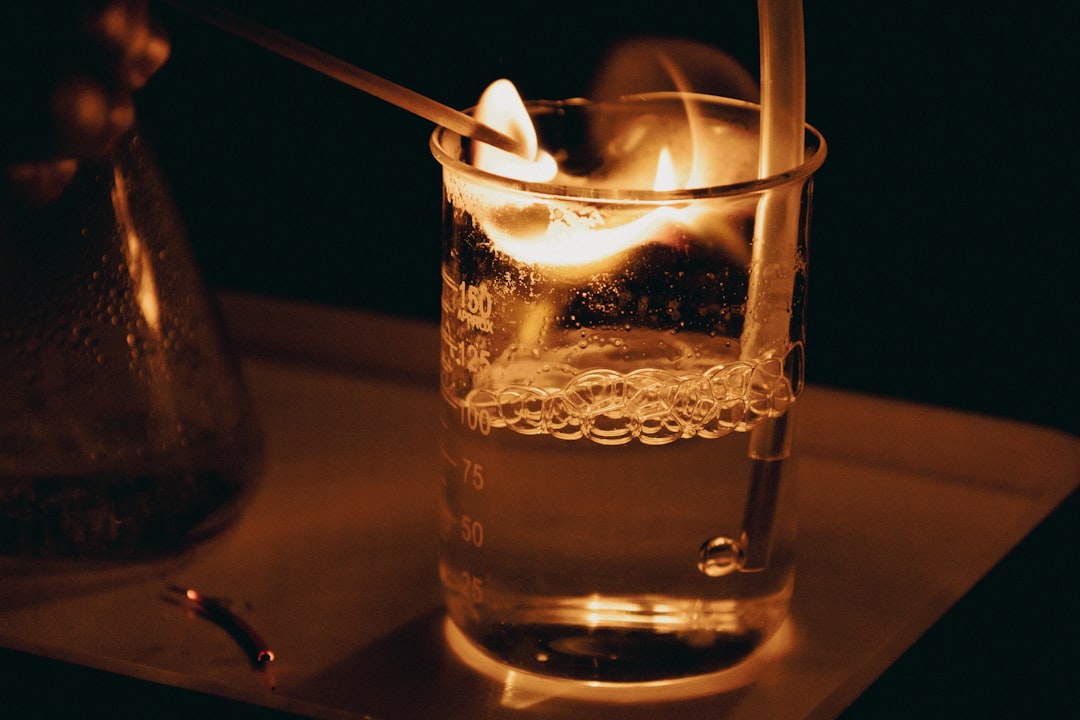What is it about?
This is about using sunlight to turn water into freshwater, which is eco-friendly. The challenge is finding eco-friendly materials. Here, they introduce a method to make special 2D MXene materials, namely, molybdenum carbide (Mo2C) from leftover fruit waste. This research has been included and published in the 2022 Young Chemists theme collection of Chemistry-A European Journal. This special issue showcases the contributions of young and up-and-coming scientists from various regions across the globe in the year 2022.
Featured Image

Photo by Jakub Kapusnak on Unsplash
Why is it important?
It is important because we need sustainable ways to make freshwater from seawater. The current problem is the lack of eco-friendly materials. This new method creates a super-efficient Mo2C layer that can turn a lot of water into vapor using sunlight, and it's one of the best methods so far. The fruit waste is turned into a valuable material for this process, which can inspire more eco-friendly advancements.
Perspectives
The use of sunlight to create freshwater in an environmentally friendly way. The main challenge has been finding the right materials, and the article presents a method using fruit waste to create efficient Mo2C layers. These layers can rapidly turn water into vapor using sunlight, offering a promising solution for sustainable freshwater production. This approach also highlights the potential for transforming food waste into valuable materials for eco-friendly technologies.
Edison Huixiang Ang
Nanyang Technological University
Read the Original
This page is a summary of: Sustainable Production of Molybdenum Carbide (MXene) from Fruit Wastes for Improved Solar Evaporation, Chemistry - A European Journal, December 2022, Wiley,
DOI: 10.1002/chem.202203184.
You can read the full text:
Contributors
The following have contributed to this page










